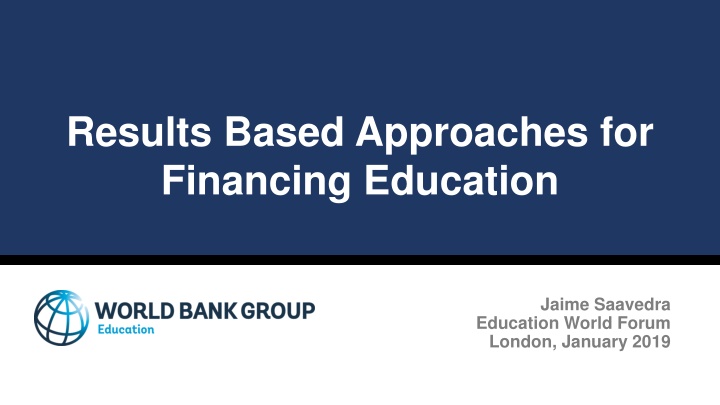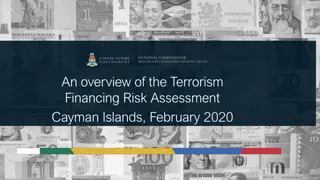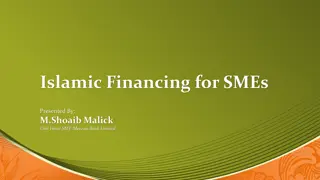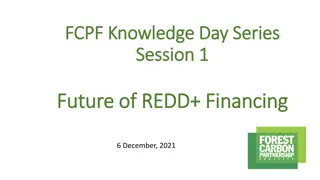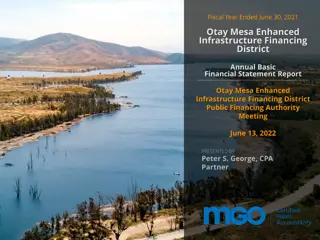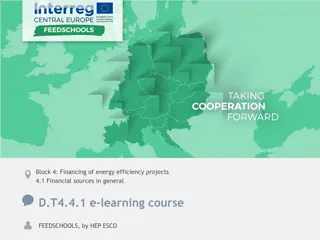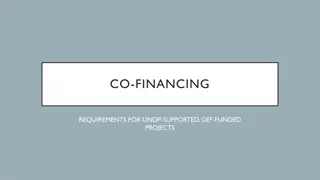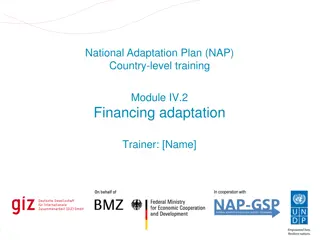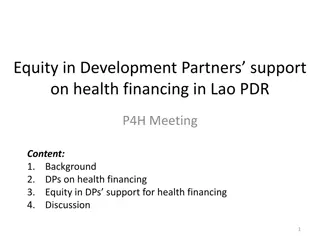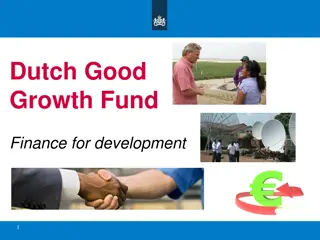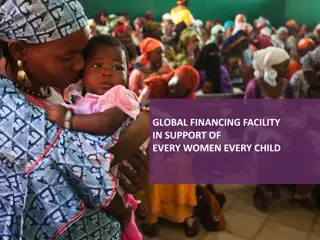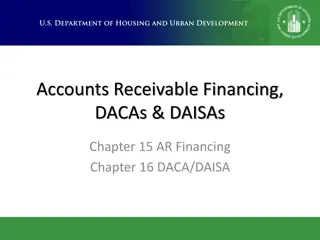Results-Based Approaches for Financing Education: Key Insights and Trends
Discover the latest insights on financing education, including the need for effective spending, linking inputs to outcomes, value for money metrics, and the prioritization of education in budgets. Explore spending trends in high and low-income countries, highlighting the importance of economic growth in driving education expenditures. Uncover challenges in utilizing resources effectively and ensuring quality education outcomes.
Download Presentation

Please find below an Image/Link to download the presentation.
The content on the website is provided AS IS for your information and personal use only. It may not be sold, licensed, or shared on other websites without obtaining consent from the author.If you encounter any issues during the download, it is possible that the publisher has removed the file from their server.
You are allowed to download the files provided on this website for personal or commercial use, subject to the condition that they are used lawfully. All files are the property of their respective owners.
The content on the website is provided AS IS for your information and personal use only. It may not be sold, licensed, or shared on other websites without obtaining consent from the author.
E N D
Presentation Transcript
Results Based Approaches for Financing Education Jaime Saavedra Education World Forum London, January 2019
3 Messages Investment in education has increased, but most countries have to mobilize much more resources and use those resources effectively. 1 Effective spending is not a matter of funding inputs. Inputs, outputs and programs have to be clearly linked to outcomes. 2 To ensure investments in education deliver value (learning) for money, we need performance metrics of how well the system is delivering quality. 3
3 Messages Investment in education has increased, but most countries have to mobilize much more resources and use those resources effectively. 1 Effective spending is not a matter of funding inputs. Inputs, outputs and programs have to be clearly linked to the outcomes 2 To ensure investments in education deliver value (learning) for money, we need performance metrics of how well the system is delivering quality. 3
High Income Countries 9,000 Primary Education Spending Per Child $8,098 8,000 7,000 6,000 (US$ PPP) $5,268 5,000 4,000 3,000 2,000 1,000 0 1998-2001 2014-2017
Low Income Countries 200 Primary Education Spending Per Child $188 180 160 140 (US$ PPP) 120 $109 100 80 60 40 20 0 1998-2001 2014-2017
9,000 Primary Education Spending Per Child $8,098 8,000 7,000 High Income 6,000 (US$ PPP) $5,268 5,000 4,000 Low income 3,000 2,000 1,000 $109 $188 0 1998-2001 2014-2017
9,000 Primary Education Spending Per Child $8,098 8,000 High Income 7,000 6,000 (US$ PPP) $5,268 Upper-middle income Low-middle income 5,000 4,000 3,000 Low income $2,504 2,000 $1,226 $611 $109 1,000 $891 $188 0 1998-2001 2014-2017
Prioritization of Education in budget Economic growth has been the key driver of increased expenditures Increased Government Revenue Economic Growth Low Income Countries
Furthermore, the $188 are not being well spent
Ways in which funding is ineffective Funds don t reach schools or not used as intended Spending on the wrong things Unequal spending
Inadequate data of system performance Inadequate policy design Why is this happening? Lack of management capacity Political misalignment
3 Messages Investment in education has increased, but most countries have to mobilize much more resources and use those resources effectively. 1 Effective spending is not a matter of funding inputs. Inputs, outputs and programs have to be clearly linked to the outcomes. 2 To ensure investments in education deliver value (learning) for money, we need performance metrics of how well the system is delivering quality. 3
Results Based Financing
Traditional approach Inputs Learning RBF approach Inputs Learning
77% Education commitments 2018
At the Government level Leverage systemic change Funders/Institutions aligned with same objective Monitoring and evaluation
Incentivizing other education actors Incentivize behavioral change of key actors Link behavior to specific outcomes Need to be pragmatic
3 Messages Investment in education has increased, but most countries have to mobilize much more resources and use those resources effectively. 1 Effective spending is not a matter of funding inputs. Inputs, outputs and programs have to be clearly linked to the outcomes 2 To ensure investments in education deliver value (learning) for money, we need performance metrics of how well the system is delivering quality. 3
Global Education Policy Dashboard
Politics Policy Practices LEARNING
Thank you!
